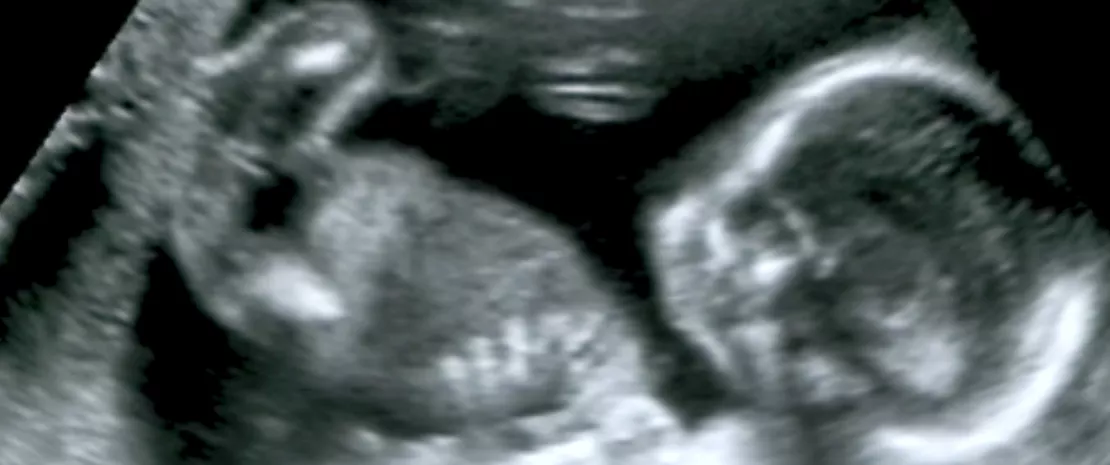Mother-fetus interaction via the gut microbiota has been discovered
The gut microbiota of pregnant women produces extracellular vesicles that can migrate into the amniotic fluid. They may prepare the fetal intestine for colonization by the microorganisms that go on to form the gut microbiota.
Sources
This article is based on scientific information

About this article
A team of Finnish researchers has for the first time identified the presence in the amniotic fluid of extracellular vesicles produced by bacteria from the gut microbiota in healthy pregnant women. 1
These vesicles are made up of various bacterial molecules (proteins, lipids, nucleic acids, etc.) which may play a key role in the maturation of the fetal intestine and in baby’s immunity.
This discovery may be the missing link that explains the presence of bacterial DNA in the placenta, amniotic fluid, and meconium, as found in several recent studies.
Puzzling similarities
This finding came to light when scientists from the University of Oulu looked for extracellular vesicles in the amniotic fluid and feces of 25 pregnant Finnish women undergoing cesarean section delivery.
The results confirmed the presence of large numbers of extracellular vesicles of relatively diverse sizes in all the fecal and amniotic samples.
Maternal microbiota also modulates fetal gene expression
The authors of a study published at the end of 2023 compared mice fetuses born to mice with no microbiota with fetuses born to normal mice that did have a microbiota, measuring differences in the expression of certain genes. 2 They found that in the fetuses of the germ-free mice, the genes involved in immunity were less active at gut level, as were those involved in the development and functioning of the nervous system, the functioning of the placenta, and energy metabolism. These impacts on gene expression were strongly associated with concentrations of bacterial metabolites in the fetal tissues and were more marked in male fetuses.
An analysis of their content (proteins and 16S rRNA) showed that the vesicles in the fecal and amniotic samples shared a subgroup of proteins with the same functional characteristics and produced by the same bacterial phyla (Bacteroidetes, Firmicutes, Proteobacteria, and Actinobacteria). These similarities in composition and bacterial origin suggest that the extracellular vesicles are formed in the microbiota, and that the microbiota communicates with the fetus via these vesicles.
By injecting maternal extracellular vesicles of human fecal origin into the blood of pregnant mice, the researchers then demonstrated the presence of vesicles in the amniotic fluid, thus proving that they can cross the placental barrier and accumulate in the fetus.
Preparing the fetal intestine to host its future microbiota
The authors’ hypothesis is that the extracellular vesicles present in the amniotic fluid are ingested by the fetus and then guide the fetal immune system towards the immune tolerance required for early colonization of the gut at birth. Extracellular vesicles are therefore part of the fetus’ natural environment, including during a normal pregnancy.
Although the study has certain limitations, it opens up the field for new research, in particular the study of how other sources of extracellular vesicles (such as those from the oral or vaginal microbiota) contribute to immune maturation in the fetus. Such research should also make it possible to study how this interaction affects the child’s future health.












